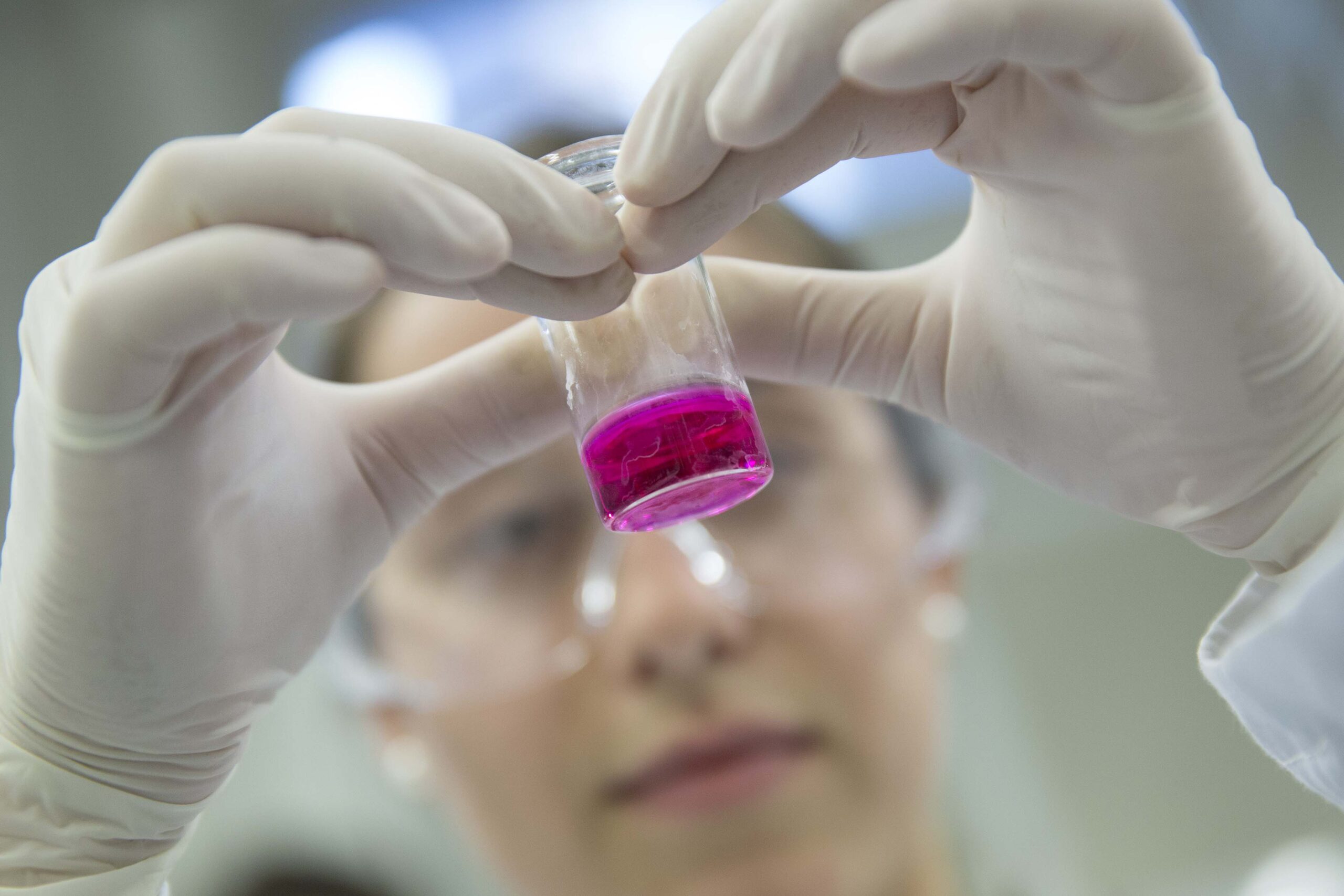The project Evaluation of the Aortyx AX-GEN01 bioresorbable endovascular patch for the treatment of acute and subacute type B aortic dissection – ADHERE is one of the 37 projects that received funding thanks to La Marató 2022, dedicated to cardiovascular diseases, the main cause of death in developed countries and one of the most pressing health issues. The project is coordinated by Dr Vicente Riambau Alonso from the Clinical Foundation for Biomedical Research – Hospital Clínic de Barcelona, who is the principal investigator of the project, along with Dr Jordi Martorell Lopez, coordinator of the Vascular Engineering and Applied Biomedicine Group (GEVAB) at the IQS School of Engineering. IQS researchers Dr Mercedes Balcells Camps, Dr Andrés García Granada, and Ms Laura Mayenco are also participating in the project.
Cardiovascular Health, the Focus of La Marató 2022 and the IQS and HCB Project

Aortic dissection (AD) is a dramatic disease with a high mortality rate (30 – 80%) that represents a major challenge in the cardiovascular field. With AD, the inner layer of the aorta cracks, causing blood to escape into a new channel, the false lumen, which should not exist. Dissection is fatal if the outer aortic wall eventually ruptures. Although relatively common, dissections have historically received little attention from medical device manufacturers, and current treatments originally developed for aortic aneurysms fail when used in cases of AD.
Since 2016, IQS and Hospital Clínic have joined forces to solve this unmet medical need, developing the definitive solution for aortic dissection: an endovascular device, called AX-GEN01, that facilitates endogenous regeneration of the aorta instead of artificial replacements. This device has a biomimetic patch that is released into the aorta by means of a minimally invasive deployment system. The patch mimics the natural mechanical properties of the aorta to ensure its integration into native tissue.

ADHERE – First human trials
After having demonstrated the safety and efficacy of the device in animals, the objective with this project now is to advance in the First in Human (FIH) trials, to ensure the arrival of the device to patients suffering from AD, providing a solution that minimizes side effects and improves the lives of patients, in addition to increasing the success rates of surgical interventions.
The work plan to carry out the project is as follows:
- Execute regulatory experiments in a quality environment that enables the authorization of the first tests in humans.
- Define the operating limits of the device, with special attention to the patient’s aortic geometry.
- Obtain regulatory authorization to initiate a first study in humans.
- Conduct the first human clinical study of the device in ten patients with type B aortic dissection.
IQS will conduct the “bench testing” of the device before the clinical trials and will study the operational limits of the device through computational models and 3D printing, based on the anatomies of real patients through computational tomography.
As to Hospital Clínic, they will lead the regulatory side and carry out the FIH trial to demonstrate that the device is feasible, safe, and effective.ará la parte regulatoria y realizará el ensayo FIH, para demostrar que el dispositivo es factible, seguro y eficaz.
Impact assessment
This project will generate impacts in the clinical, scientific, social, and economic fields. Clinically, it will affect the cardiovascular field, demonstrating that there is a new way to treat aortic disease. Scientifically, it opens up new avenues in the development of biomaterials for cardiovascular diseases. Socially, the results of this project will have a huge impact on patients with aortic dissection, and their families as well. The economic impact will also be significant, generating vast savings in the healthcare intervention and treatment costs associated with aortic dissection.














